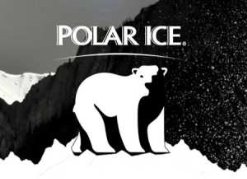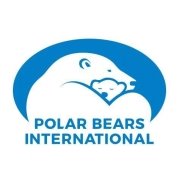Матеріали до теми "Охорона навколишнього середовища" (Текст для читання+завдання "Polar Bears")
Завтра, 27 лютого - Міжнародний День полярного ведмедя, тому сьогодні на уроці з учнями 9 класу, вивчаючи тему "Охорона навколишнього середовища", опрацювати власно складений текст "Polar Bears" та завдання до нього "Polar Bear Factfile" + правило 3Rs. Ділюсь:-)
 International Polar Bear Day is February 27th!
International Polar Bear Day is February 27th!
Polar bears are some of the coolest creatures on the planet, and they live in some of the coldest places on Earth. Each year on February 27 we celebrate the International Polar Bear Day which was established by Polar Bears International organization. So, what are polar bears?
Biological characteristics and habitat. Polar bears live in the Arctic areas of the North Pole and just like whales, seals, and dolphins they are considered marine mammals. Home for polar bears is on the sea ice, where they hunt seals at open leads. Polar bears are found in five countries across the Arctic: the USA (Alaska), Canada, Russia, Greenland and Norway.
Wild polar bear cubs (babies) are most often born in December. The mother bear gives birth to one, two, or three cubs. Twins are most common.
Physical features and appearance. Adult males normally weigh 350 to more than 600 kilograms. Adult females are smaller, normally weighing 150 to 290 kilograms. Researchers in Canada even found one male bear at 800 kilograms!
It’s surprising, but the great white bear of the North is not actually white. Each hair shaft is pigment-free and transparent to reflect visible light, much like what happens with ice and snow. Polar bears look their whitest when they are clean and in bright sunlight. These strong animals like to be clean and dry. When their coats gets dirty––for example after a meal––they rub and roll their body across the snow to clean their fur.
Eating habits and diet. Polar bears are the only species of bear that depends on the ocean ecosystem to survive. They are the largest carnivores on Earth (which means they eat only meat) and their hunting and eating habits depend completely on sea ice. Why? Because seals depend on it––and seals are the only food source with a high fat content and enough calories to keep a polar bear healthy. Polar bears can only reach seals from the platform of sea ice, because seals are better swimmers and catch them in open water is extremely difficult.
Dangers and threats. Melting sea ice as the result of global warming means less food and habitat for polar bears and more time on land. But polar bears do not eat on land and have to rely on their fat reserves. There are currently about 26,000 polar bears worldwide, but with the growing climate change, 2/3 of the planet’s polar bears could die by 2050, and totally extinct by 2100. In addition to the global warming, polar bears face other threats caused by human commercial activity, such as oil and gas exploration and development, shipping, mining, tourism, which bring different kinds of pollution to the Arctic region.


Biological species: ______________ mammal
Habitat: ___________________________________________________________
Countries: __________________________________________________________
Babies Born: ________________________________________________________
Adult Size: __________________________________________________________
Features: __________________________________________________________
Eating habits (underline): herbivore / carnivore / omnivore
Food: _____________________________________________________________
Dangers: ___________________________________________________________
What can you do to help polar bears and reduce global warming effect?


|
|
|
|



про публікацію авторської розробки
Додати розробку
